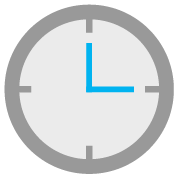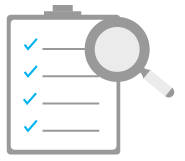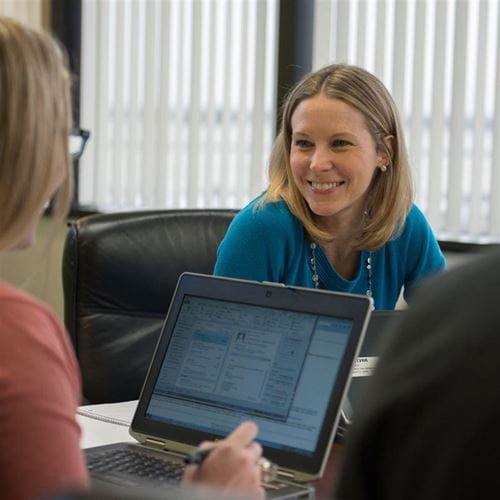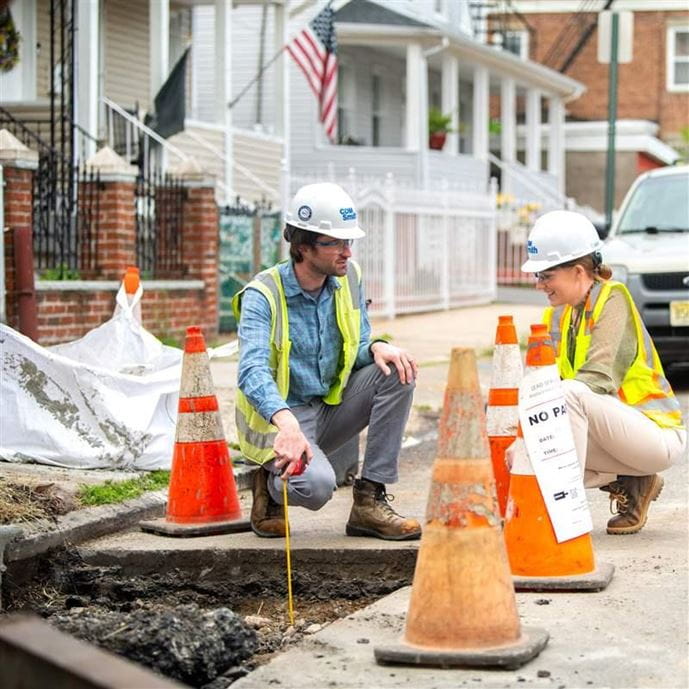FAQs: Sampling for Lead at Schools and Child Care Centers
We’ve been getting a lot of questions about sampling for lead in schools and childcare centers after the EPA’s release of the Lead and Copper Rule Revisions (LCRR). Trevor McProud, lead in drinking water expert at CDM Smith, has broken down the answers to four of the most common questions for lead sampling in these facilities.
Trevor highlights sampling timelines, stakeholder communications, and tools available to help water systems navigate LCRR requirements in this brief explainer.
Are schools and childcare centers at a higher risk for lead in drinking water?
Young children are especially vulnerable to lead poisoning, and physical and behavioral effects occur at much lower exposure levels in children than adults. Even low exposure levels have been linked to damage to the nervous system, learning disabilities, hearing difficulty, and more, according to EPA and the Centers for Disease Control and Prevention. The long durations of time children spend in schools and childcare centers in conjunction with their growth and development poses a greater health risk if lead is present in a facility’s internal plumbing.
Older plumbing materials and intermittent use patterns in these spaces may contribute to elevated levels of lead in their water, even when water flowing from a supplier’s distribution system meets all federal and state public health standards. The potential for lead to leach into water increases the longer the water remains in contact with leaded materials. Sampling and testing for lead in these facilities is the only way to determine concentration levels and effectively assess risk.
Is sampling in these facilities required?
The LCRR will require water suppliers to start the planning process of lead testing in schools and childcare centers (facilities built after 2014 are exempt from testing) in 2024 and collection of water samples will be required in 2025. Prior to these dates, there is no universally required federal testing program, but the time leading up to these deadlines is critical to prepare for compliance as this is uncharted territory for most water suppliers and these facilities alike.
Despite the lack of current federal testing regulations, some states and local jurisdictions do have school and childcare testing requirements. Health or Education department testing regulations may already be in place, so fully understanding the current requirements will inform the best approach suppliers must take to open channels of communication with necessary partners, develop sampling plans, and define the responsibilities to respond to sampling results. Another important reason for water suppliers to investigate the details of any state requirements is to understand the role they will play in the key LCRR provisions that allows water suppliers to seek testing exemptions for all or portions of the required testing if there is an equivalent, mandatory program in place at the state or local level.
Public water suppliers are required to test schools and childcare facilities in accordance with the following steps:
- Compile a list of all schools and childcare facilities served by the water system constructed prior to 2014
- Provide information to schools and childcare facilities about health risks from lead in drinking water on an annual basis
- Conduct sampling at all elementary schools and childcare facilities within 5 years (a minimum of 20% of facilities in the first year, and each year subsequently) and sample all secondary schools upon request
- Provide sample results and public education to each school and childcare facility
- Report findings to local and state regulators
What are the different sampling program timelines and scope coverages to consider? 
Between what is specified in the LCRR, and what may be required in a given state, there may be different sampling program approaches that should be considered in the planning stages. Typical sampling timelines can be described as everywhere by the deadline (sample all facilities within the calendar year) or as a longer-term, ongoing sampling program (a portion of the total facilities each year, i.e., 20% each year over 5 years). Sampling scope coverages – or the relative number of water outlets at the facility to be sampled – should be considered carefully. Common scope coverages can be include preliminary screening (a small number of fountains and sinks in the facility) or comprehensive testing (all outlets used for consumption).
The LCRR Tap sampling requirements would be considered a preliminary screening approach, and consists of a minimum of five samples per school and two samples per childcare facility at outlets typically used for consumption.
The LCRR timeline requires facilities to complete their testing in 5 years or less starting in 2025. Secondary schools will be sampled upon request. After the first 5 years, and each facility being tested at least once, all further sampling will be upon request unless indicated by the state.
The typical school and childcare sampling programs, as recommended in the EPA 3Ts and as required by the LCRR, differ in a number of ways from the ongoing LCR “compliance” sampling water suppliers are more familiar with. Water samples are collected in 250 mL bottles (as opposed to 1 Liter bottles) and must be collected after a minimum stagnation period of 8 hours (as opposed to the 6 hours otherwise required for first-draw samples).
Who is responsible for sampling corrective actions and communication? 
Starting in 2024, public water suppliers will be required to offer sampling in facilities, but schools will ultimately be responsible for responding to results and fixture remediation, if necessary. For a successful sampling program to work there will need to be a high level of coordination between the water supplier and the school itself (district, system, or independent) or childcare center, and in many cases school/center employees or a water utility representative will conduct sampling, but there are several ways other partners can get involved to streamline this process. Water suppliers and facilities can enlist third-party collection, laboratory firms, and other experts to assist in testing scheduling, coordination and sampling response actions.
Large school districts interested in completing sampling ahead of the water-supplier-based requirements should consider enlisting digital solutions accessible to third-party teams to accelerate efforts. The multistep process of sampling, scheduling, communication with schools or childcare centers, and the real-time tracking of all these activities in a user-friendly and public-facing dashboard can be automated and simplified through a data management platform called leadCAST. With Trinnex’s leadCAST platform, all compliance sampling activities live in one place, including predictive modeling or machine learning capabilities to model service lines, with user access assigned to each stakeholder involved in performing or updating these activities, as needed.
Transparent public communication is key to ensure stakeholders are aware of sampling programs occurring in their area. Public outreach before sampling, planning stages, and response actions ensure actions and responsibilities are understood by members of the community, parents or guardians, and children attending schools or childcare centers. Facilities eager to go beyond state requirements can complete sampling before the LCRR requirement date while engaging in effective public education to establish trust while communicating potential risks. The EPA’s 3Ts document also contains recommendations to address lead in drinking water in schools and childcare facilities.

I am inspired by people and projects that make a real, beneficial impact on public health and the environment.









